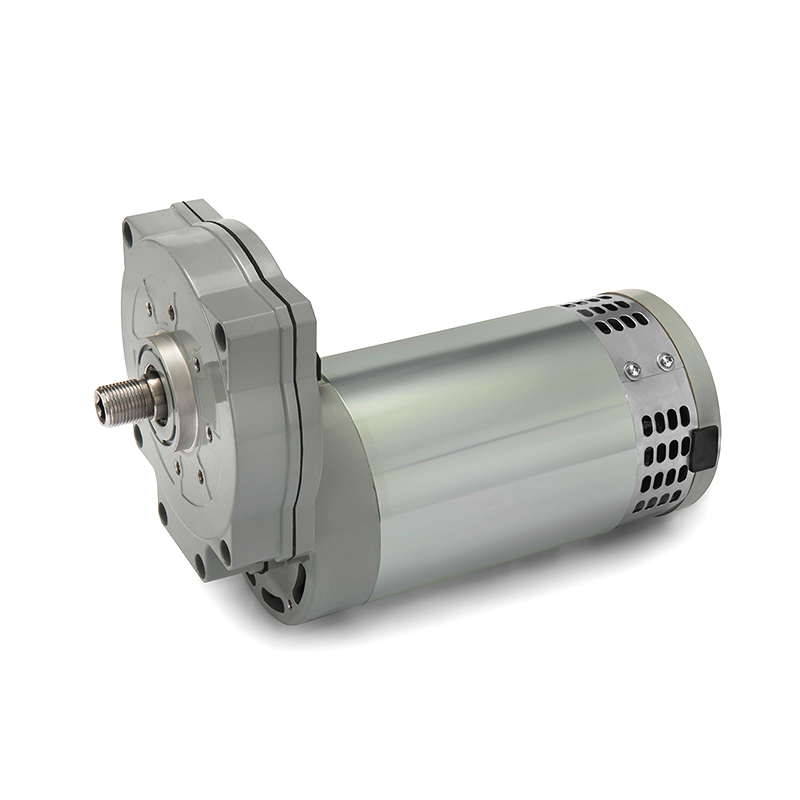Cleaner motors: key components to drive efficient cleaning
Cleaner motors play a vital role in modern cleaning equipment and are the core components that drive efficient cleaning. They power a variety of cleaning equipment, from commercial floor scrubbers to household vacuum cleaners, all of which rely on the performance and quality of the motor.
Cleaner motors are usually electric drive systems that convert electrical energy into mechanical energy to drive the equipment's cleaning brushes, dust collection devices or other cleaning elements. These motors are usually DC motors or AC motors, and the specific choice depends on the design and use environment of the equipment. DC motors are mostly used in handheld or portable equipment, while large cleaning equipment often uses AC motors to provide stronger power and long-lasting running time.
The power and speed of the motor determine the cleaning efficiency of the equipment. High-powered motors can generate greater suction and brush head speed, thereby improving cleaning ability, especially when removing stubborn stains and cleaning large areas. By adjusting the speed of the motor, it can also adapt to different cleaning tasks, such as cleaning carpets, hard floors or furniture surfaces.
Cleaning equipment usually needs to run continuously for a long time, so the durability and reliability of the motor are very important. High-quality cleaning machine motors usually use wear-resistant materials and advanced manufacturing processes to maintain stable performance in harsh cleaning environments. These motors also have good heat dissipation to avoid damage due to overheating, thereby extending their service life.

Cleaning machine motors need to maintain low energy consumption while providing high power. Efficient motor design can reduce energy loss, reduce equipment operating costs, and reduce environmental impact. With the increasing demand for energy conservation and environmental protection, many motor manufacturers continue to improve technology to improve motor efficiency and reduce carbon emissions.
In cleaning equipment, motor noise is an issue that cannot be ignored. Excessive noise not only affects the user's comfort, but may also interfere with the working environment. Cleaning machine motors usually reduce noise by optimizing the internal structure of the motor and using shock-absorbing materials, thereby reducing noise pollution while maintaining strong power.
Cleaning machine motors are widely used in various cleaning equipment, such as commercial floor scrubbers, industrial vacuum cleaners, sweeping robots, and high-pressure cleaning machines. These motors provide equipment with a variety of working modes, making cleaning tasks more efficient and convenient. For example, the motor of a floor scrubber not only drives the brush head for floor cleaning, but is also responsible for the recovery of wastewater and the spraying of cleaning fluid. The motor of the sweeping robot drives the wheels and cleaning brushes, allowing it to move flexibly on different floor materials.
With the development of intelligent technology, many cleaning machine motors have integrated intelligent control functions and can automatically adjust the cleaning mode according to the environment. This intelligent motor not only improves cleaning efficiency, but also enhances the operational flexibility of the equipment.
As the core component of cleaning equipment, the cleaning machine motor directly affects the effect of cleaning work and the service life of the equipment. Efficient, durable and noise-controlled motors can significantly improve cleaning efficiency and user experience. With the continuous advancement of technology, future cleaning machine motors will make greater breakthroughs in energy consumption, intelligence and environmental protection, bringing more innovations and changes to the cleaning industry.
-
Feedback
Hotline:0086-15869193920
Time:0:00 - 24:00


 English
English Deutsch
Deutsch italiano
italiano 中文简体
中文简体












